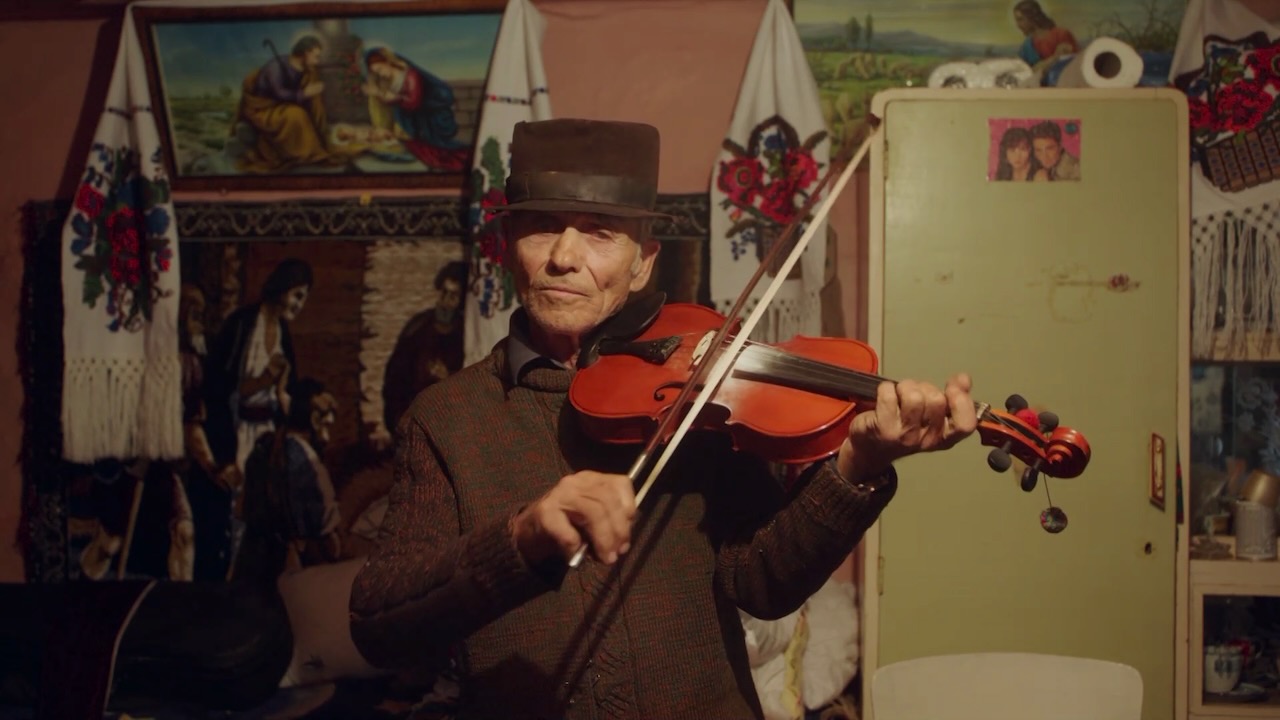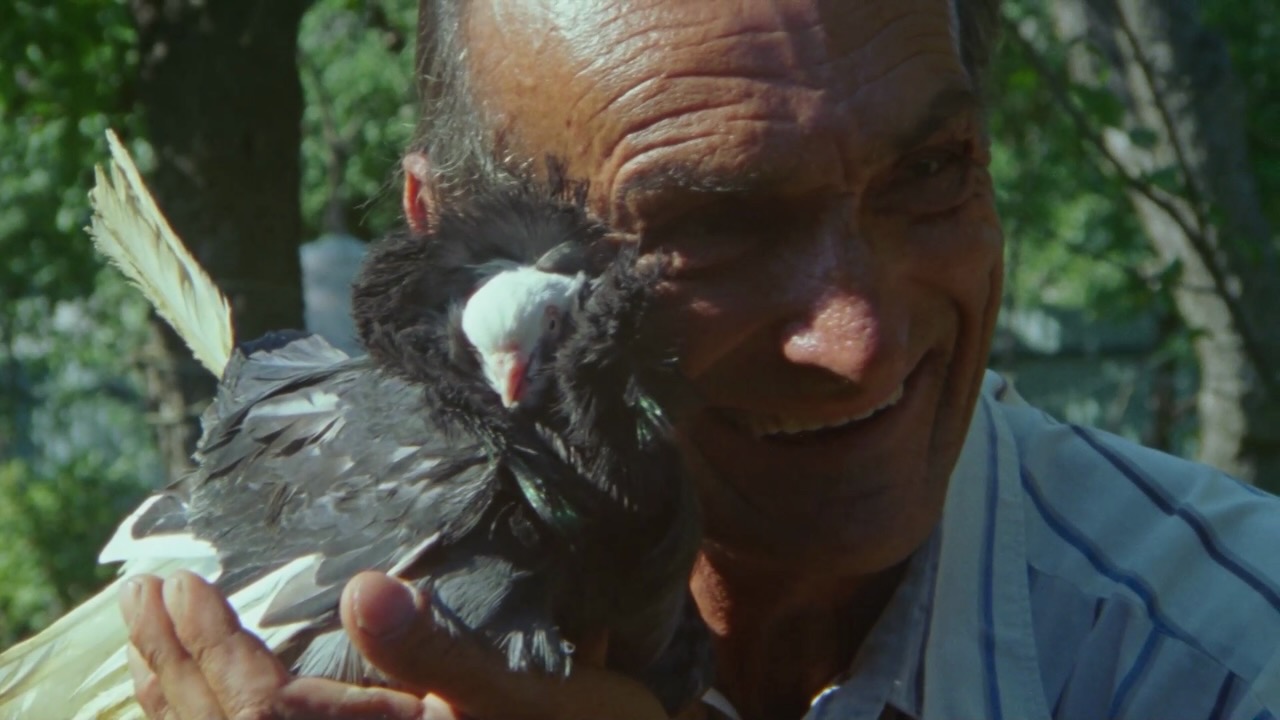Listened to Cracow Klezmer Band at work, had a Czech lager, watched a klezmer movie – good day. Wedding videographer Leandro likes musician Paloma, fakes that he’s making a klezmer documentary to get her interest, then follows through, traveling from Argentina to Austria to Ukraine to Romania to Moldavia, chasing music that no longer exists in its origin lands (we hear plenty of performances but are told that technically they’re not klezmer, ha). It’s a true-falsey travelogue through folk tales and tunes, adding up to nothing much narratively but quite a lot cinematically.
Victor Covaci, Romania:

The Klezmer Project also incorporates a third, folkloric narrative in Yiddish voiceover, centered around Yankel, a gravedigger’s assistant, and Taibele, a rabbi’s daughter, as they face excommunication from their community over support for the heretical philosophy of Baruch Spinoza … The Klezmer Project meticulously subverts its structural expectations in service of a hybridized docu-fiction register, working best both as ethnomusicology and as meditation on its intrinsically whimsical and rewarding process.





























